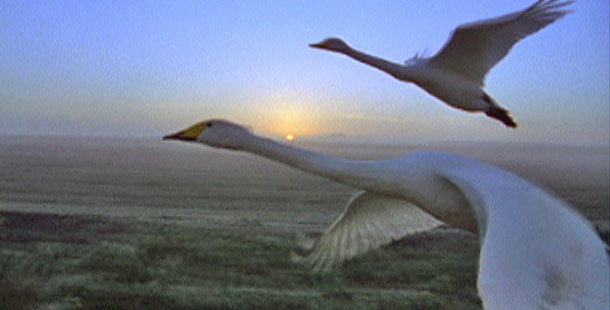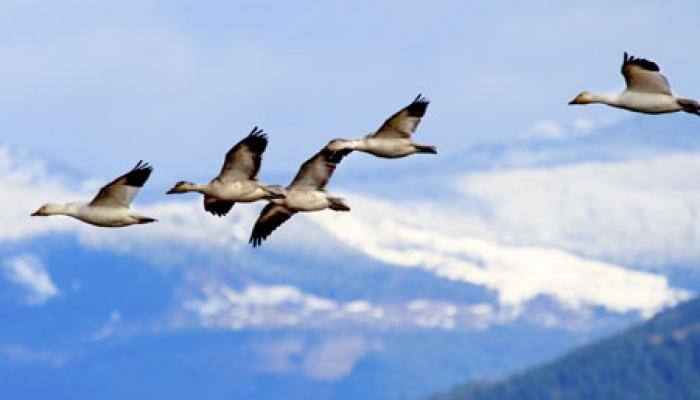Flying thousands of kilometres looking for food and nesting places, scientists are now close to detecting the navigational system these migratory birds have been using for assistance all along the way.
As winter arrives in India, over a hundred species of birds flock from across the world to the subcontinent looking for food and nestlings. But how are they so sure about the exact route and spot every time they do so?
The new research explains the enigma by introducing its ability to sense earth’s magnetic field, which acts as a compass and directs them on a long journey. They likely use cryptochromes, a magnetically sensitive protein found in their retinas, enabling them to sense and signal functions and help them navigate these long distances.
During their study on Robins at the University of Oxford and the University of Oldenburg in Germany, researchers analysed the in-built “living compass” that they use to navigate. While studying a form of the molecule to see if it has magnetic sensors, they found its capability of high magnetic sensitivity.

“It looks possible – and I would put it no stronger than that at the moment – that these highly specialised chemical reactions could give the bird information about the direction of the Earth’s magnetic field and in that way make up a magnetic compass,” Professor PJ Hore of the University of Oxford told the BBC while explaining the concept.
Early studies on migratory robbins have shown that Cryptochromes (CRY4) are found in the outer segments of two types of photoreceptor cells in the retina, which is the best location for receiving the light that excites Cryptochromes and therefore aids magnetic sensing. Researchers also came across the finding that the expression level in Robin’s retina rises with the migratory season.
The protein, also found in amphibians, has been documented to use the magnetic field to travel through the vast reaches of the oceans. A wide range of techniques, such as molecular dynamics simulations and various spectroscopic methods, was used to conclude the research. However, as the team says, more work is required to accurately decode this naturally occurring GPS in the birds.
Tazeen Ansari

